Plant care and gardening
Explore plant care and gardening insights: unlock eco-friendly tips, nurture biodiversity, and transform your garden into a thriving green sanctuary.
202 articles

Updated
Updated
Using white flowers to decorate your garden has many advantages. White is a color often used in framing other features. By adding white flowering plants to a hedgerow or flowerbed, we can allow other colorful plants to distinguish themselves. This does not mean white flowers are not beautiful in their own...

Updated
Updated
Euphorbia milii, popularly known as crown of thorns, Christ plant, or Christ thorn, is a species of flowering plant native to Madagascar. The species is commonly associated with the crown of thorns that Christ wore. The plant has small leaves with predominant thorns and colorful flowers. The crown of...

Updated
Updated
Geranium is one of the most common ornamental plants in gardens around the world. Geranium is a genus with 422 species of annuals, biennials, and perennials, also known as cranesbills. This plant is very aesthetically pleasing with its numerous, eye-catching flowers, which range from red, pink, and white...

Updated
Updated
Rosemary, or Rosmarinus officinalis, is a fragrant evergreen shrub with needle-like leaves. Rosemary's popularity dates back to the ancient Greeks, who valued it as a sacred plant. It has been used for centuries in traditional medicine, as it is attributed numerous properties. Although native to the...
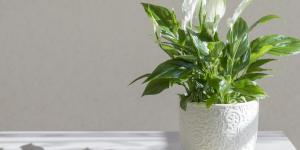
Updated
Updated
Humidity accumulation in closed spaces, such as apartments or houses, is an evil that affects us all too often. Dampness can occur if the house is poorly ventilated, wrongly orientated, or if you simply live in places with a humid climate. This excess moisture, in addition to causing bad odors, can be very...

Updated
Updated
Rosemary is a very well-known aromatic plant throughout the world. Its properties are many, from its use in the kitchen for seasoning food to its medicinal properties. In addition, it gives a pleasant aroma to any room. Rosemary is a very hardy plant that can withstand high temperatures and cold winters....

Keeping plants indoors means we are able to establish, monitor and adjust the atmosphere around them. We can have plants from all over the world since we can mimic the climate of their original ecosystems. Unfortunately, we are not able to have such control if we want to keep our plants outdoors, whether...

Lavender is a type of shrub that is easily recognized by its characteristic violet color. Many of us are just as acquainted with its characteristic smell since lavender essence is used in various household products. Lavender is from a genus of plants called Lavandula which is made up of more than 45 different...

We all want our plants to look healthy, but some discoloration on the leaves is normal. This is particularly the case if the seasons change or there are other certain climatic events. When the changes are black spots on the leaves, it can be worrying. Even if the plant appears otherwise healthy, the...
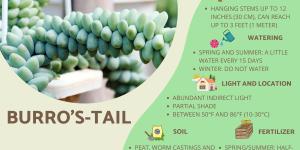
Native to the sun-drenched regions of Mexico, this distinctive succulent, commonly known as Burro's Tail or Donkey's Tail, has become increasingly popular among plant enthusiasts for good reason. It combines show-stopping visual appeal with relatively straightforward care requirements, making it accessible...
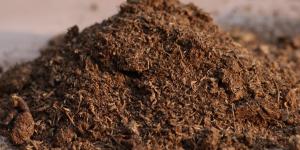
If you’ve ever walked through the gardening section of a store or browsed tips online, you’ve probably seen peat moss mentioned, but what exactly is it? Peat moss is a popular soil amendment that can help your garden retain moisture, improve soil texture, and support healthy plant growth. It has undeniably...

Have you ever noticed how the world seems to explode with color in May? After months of cold weather and bare branches, suddenly gardens, parks, and even roadside ditches burst into bloom. What makes May flowers so special isn't just their beauty. Each one has an amazing story, how it evolved, which insects...
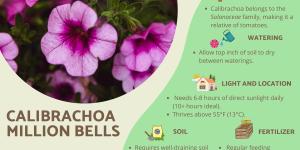
Looking to add a burst of long-lasting color to your garden or patio? Calibrachoa might be exactly what you need. These spectacular flowering plants have exploded in popularity over the past decade, and for good reason. Their abundant, trumpet-shaped blooms create cascades of color from spring through...

There's something magical about white flowers blooming indoors. They bring a touch of purity, brightness, and sophistication to any space while creating a sense of calm that's hard to match with other colors. Whether adorning a sunny windowsill, brightening a coffee table, or adding life to an office desk,...

Palmer's Stonecrop (Sedum palmeri) is a lovely succulent from Mexico that's become a favorite for its looks and how easy it is to care for. Its clusters of spoon-shaped leaves on woody stems, plus those cheerful yellow flowers you get in winter and spring, mean it looks good all year round in gardens...
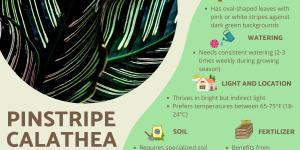
The Pinstripe Calathea (Calathea Ornata) is a stunning houseplant known for its elegant pink-striped leaves and tropical beauty. While this plant adds a touch of sophistication to any indoor space, it also requires proper care, the right watering routine, and attention to leaf health to thrive. Many...
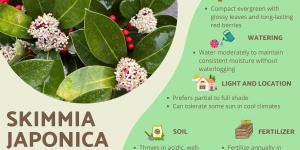
Skimmia japonica, with its glossy evergreen leaves and vibrant berries, brings year-round interest to the garden. This versatile shrub, hailing from the woodlands of Asia, offers more than just good looks; it's a resilient and relatively low-maintenance addition that thrives in a variety of conditions....
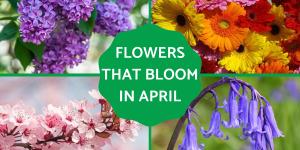
Spring is associated with blooming flowers, but not all flowering plants will bloom in the springtime. Some may wait until later in summer and some won't even show their flowers until the winter comes around. This makes April one of the most important months for gardeners to consider. Choosing the right...
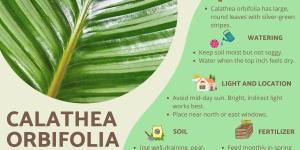
Calathea Orbifolia is a stunning houseplant known for its large, striped foliage and tropical appeal. However, keeping this plant healthy requires proper care, from the right watering routine to correct propagation and transplanting techniques. One common issue plant owners face is brown leaves, which can...
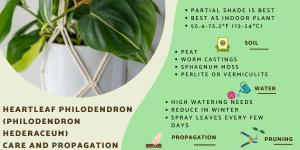
A type of climbing plant, heartleaf philodendron (Philodendron hederaceum) is a common houseplant prized for its large leaves which are shiny bright green in color. While it is a flowering plant, only mature plants in the right conditions will develop an inflorescence at home. While they are a relatively...
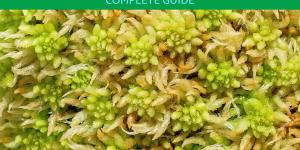
Sphagnum moss is a non-vascular plant that is used in gardening for various uses. While it can be appreciated for its own aesthetic, it is a plant which is most often employed to help other plants reach their full potential. One of its main uses is to provide the correct growth environment for other...

Trees are a vital part of our landscapes, offering shade, beauty, and improved air quality. However, when a tree shows signs of decline, it can be difficult to determine if it's truly dead or just struggling. Accurately identifying a dead tree is crucial, not only for the aesthetics of your property...
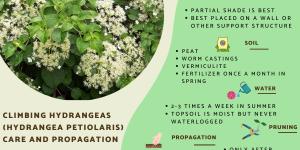
Many of the plant care guides we provide at thedailyECO are for potted plants or those we place in a flowerbed. Climbing hydrangeas are special because they need to be planted in a way which allows them room to bloom. These beautiful flowering plants have an inflorescence of several four-petaled flowers...
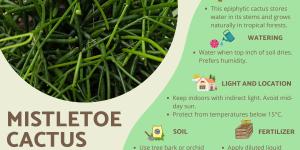
Rhipsalis Baccifera, also known as the mistletoe cactus, is a stunning, low-maintenance houseplant perfect for any indoor garden. With its cascading stems and unique appearance, this epiphytic cactus adds a touch of greenery to any space. But how do you ensure it thrives?
In this article by thedailyECO, you'll...
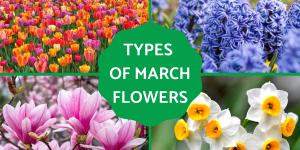
Both meteorological and astronomical spring begin in March. It is a time of new life as nature wake from its wintery slumber. This is seen in the animals that emerge from hibernation, the birth of animals conceived when it was colder and the blooming of new flowers. Not all flowers bloom in spring, but...

For millennia, people have valued the aromatic and adaptable plant oregano (Origanum vulgare) for its use in both cooking and medicine. This resilient plant, which is native to the Mediterranean region and southwest Eurasia, is well-known for its strong flavor, abundant essential oils, and many health...
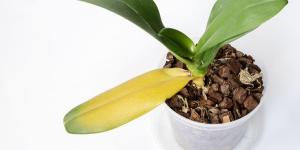
Orchids often get a reputation for being fussy, but they're not necessarily any harder to care for than other houseplants. Like any plant, they can experience problems, and yellowing leaves are a common sign something's amiss.
This article by thedailyECO answers your questions about yellowing orchid leaves,...
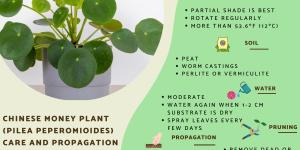
Also known as the UFO plant, missionary plant or pancake plant, the Chinese money plant (Pilea peperomioides) is a flowering plant in the nettle family. Despite this, they are not a type of stinging plant and are completely safe to keep in the home. They are easy to care for, requiring infrequent watering,...
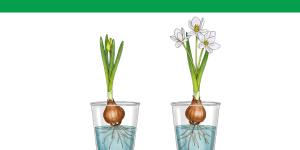
In our increasingly urbanized world, connecting with nature can sometimes feel like a challenge. But even if you don't have a garden, you can still experience the joy of nurturing living things and witnessing the miracle of growth. Growing bulbs in water is a fun and easy way to do it. You'll get to watch...
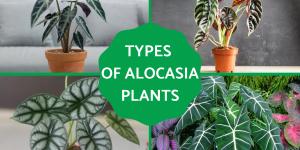
The different types of alocasia plants are those which are found in the genus of the same name (Alocasia). They are plants which are known for their beautifully large leaves, often lanceolate in shape. This gives them an appearance reminiscent of various other shapes, like those of a spearhead, African...
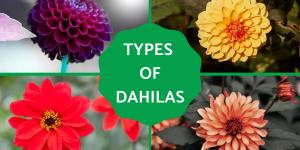
The different varieties of dahlia all belong to the same genus of the same name. All dahlias are perennial plants with tuberous roots, but the different species have flowers which can vary greatly in appearance. Some have a single ring of florets, others have many rows of petals which flower like an artichoke...
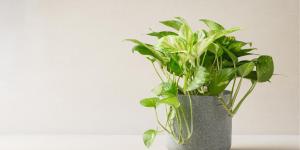
Is your pothos looking lackluster instead of lush? Epipremnum aureum, commonly known as pothos or devil's ivy, is celebrated for its easy-going nature and reliable growth. However, even these resilient plants can experience growth issues that leave plant parents puzzled. Whether your pothos has stopped...
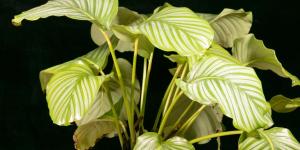
A calathea's leaves can have some yellow due to their variegation. When they are healthy, they will be bright and vibrant. They will be thick and sturdy to the touch. Calathea leaf color will vary depending on the species, but these characteristics should always be present with a healthy plant. When calathea...
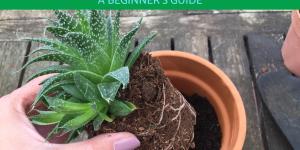
There are various reasons why you will need to report a plant. Some may simply want to do it for aesthetic reasons, preferring the design of one pot over another. Others are not a matter of choice and will need to be done to better ensure the health of the plant. Even when the plant looks fine above...
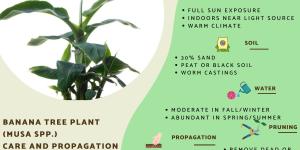
Banana trees can grow to be very large in the right conditions, but they can make surprisingly good houseplants. This is because we can maintain the indoor environment in such a way that limits their growth and provides a lovely potted plant for indoor spaces. Their presence is dominated by their large,...
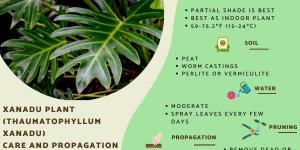
Although commonly known as philodendron xanadu, the xanadu plant (Thaumatophyllum xanadu) is no longer considered a type of philodendron. This is because it has been reclassified as being of the genus Thaumatophyllum, as have other plants in this genus. We can see the confusion since there are various...
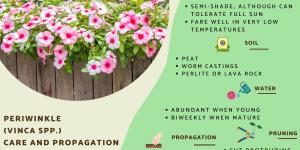
Commonly known as periwinkle, plants of the genus Vinca are beautiful flowering plants that need semi-shade, moderate watering and universal soil. They do not require intensive care, making them great plants for beginners, although expert gardeners will keep them around due to their beauty. Their ornamental...

We often place plants outdoors so they can receive the benefit of the sun, but not all of us have a garden that will although prolonged exposure. Many of us have either completely or partly shaded gardens which mean we have to find the right plants for our space. Especially if we have no choice but to keep...
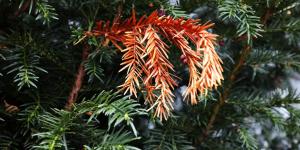
Fir trees are known for being beautiful and strong, but sometimes their needles start to dry out. This can be a sign that something is wrong, but it doesn't always mean the tree is going to die. If you act quickly and take good care of the tree, it can often recover.
This article by thedailyECO explains...
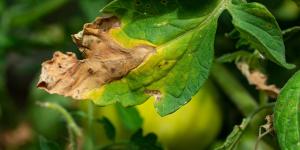
Fertilizer burn can quickly turn your thriving plants into struggling specimens, but understanding this common gardening problem is the first step toward preventing and treating it. When plants receive too much fertilizer, they can develop distinctive symptoms that signal distress. This comprehensive...
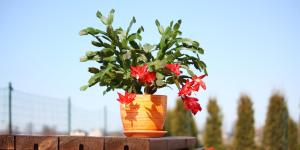
Growing new Christmas cactus plants doesn't require expert-level gardening skills or special equipment. These popular houseplants, native to Brazil's rainforests, are easy to propagate at home using simple cutting techniques. Whether you're looking to expand your own collection or share a beloved plant...

By incorporating large, statement-making plants into your home decor you can dramatically transform a space. Not only do they add visual interest and a touch of the natural world, but they also offer numerous benefits. Studies have shown that indoor plants can improve air quality by filtering out toxins,...
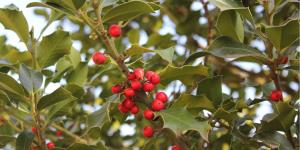
For centuries, gardeners have treasured holly for its glossy leaves and bright winter berries. These classic beauties can transform any landscape, but even these hardy plants aren't immune to trouble. Your holly might start dropping leaves, develop mysterious spots, or attract unwanted visitors that can threaten...
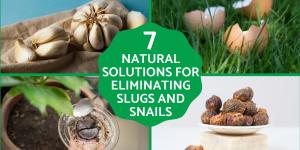
Slugs and snails can wreak havoc in your garden, devouring plants and leaving unsightly trails behind. While chemical pesticides may seem like a quick fix, they can harm your soil, plants, and even beneficial insects. Thankfully, there are plenty of eco-friendly solutions to tackle these pesky invaders.
In...
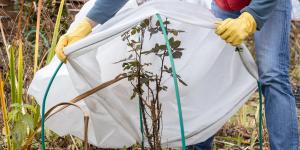
To protect plants from winter cold and frost, the first thing should do is ensure you plant the right species for your climate. You cannot plant tropical plants outdoors if you live somewhere with freezing temperatures. However, you can do this indoors if your are able to provide a climate controlled environment....
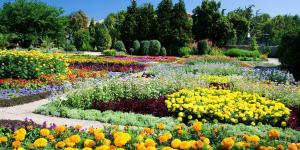
Botanical gardens are scientific collections of living plants that serve as research centers, conservation sites, and public education spaces. These living museums do more than display plants - they document species, protect endangered flora, and advance our understanding of plant life. Each garden contains...
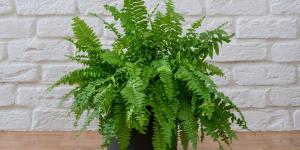
While there are different types of indoor fern plants, they all share the same basic needs in terms of care. In nature, ferns are part of the class of plants known as Polypodiopsida. Not all types of fern will make good houseplants, but plants like the Boston fern (Nephrolepsis exaltata) and bird's-nest...

Also known as the cathedral windows plant, the peacock plant (Calathea makoyana) is a common houseplant which is known for its beautiful leaves more than its blooms. Although it can produce flowers in the right conditions, this does not often occur in the home environment. This doesn't detract from its...

Perennial plants bring lasting beauty to gardens by returning year after year with minimal maintenance. This guide explores popular varieties like the color-changing hydrangeas, fragrant jasmine, and drought-tolerant bougainvillea. Whether you're looking to cover ground, create shade, or add seasonal...
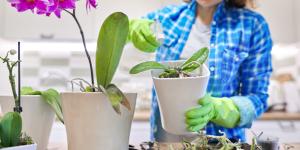
Repotting an orchid might seem daunting, but knowing when and how to give your plant a new home makes all the difference between a thriving plant and a struggling one. Whether your orchid has outgrown its pot or its potting mix has broken down, this guide walks you through every step of the repotting...
